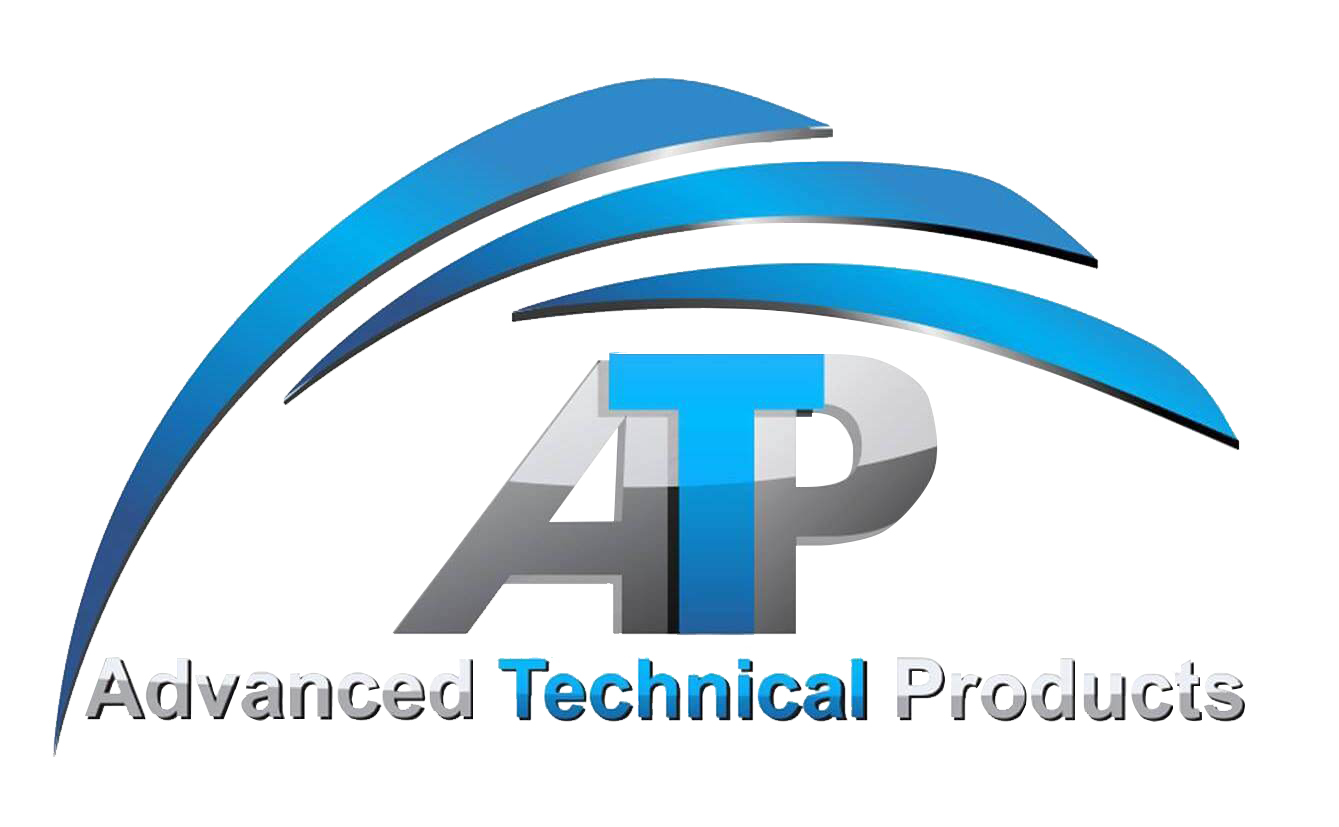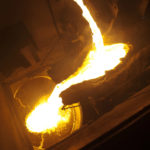Age hardening, also known as precipitation hardening, is a type of heat treatment that is used to impart strength to metals and their alloys. It is called precipitation hardening as it makes use of solid impurities or precipitates for the strengthening process. The metal is aged by either heating it or keeping it stored at lower temperatures so that precipitates are formed. The process of age hardening was discovered by Alfred Wilm.
Malleable metals and alloys of nickel, magnesium and titanium are suitable for age hardening process. Through the age hardening process the tensile and yield strength are increased. The precipitates that are formed inhibit movement of dislocations or defects in the metals crystal lattice. The metals and alloys need to be maintained at high temperatures for many hours for the precipitation to occur; hence this process is called age hardening.
This article will look into the techniques of age hardening and their applications.
Techniques of Age Hardening
The process of age hardening is executed in a sequence of three steps. First the metal is treated with a solution at high temperatures. All the solute atoms are dissolved to form a single phase solution. A large number of microscopic nuclei, called zones, are formed on the metal. This formation is accelerated further by elevated temperatures.
The next step is the rapid cooling across the solvus line so that the solubility limit is exceeded. The result is a super saturated solid solution that remains in a metastable state. The lowering of temperatures prevents the diffusion. Finally, the supersaturated solution is heated to an intermediate temperature in order to induce precipitation. The metal is maintained in this state for some time.
Age hardening requires certain parameters for the process to be successfully completed. These requirements are listed below:
- Appreciable maximum solubility
- Solubility must decrease with fall of temperature
- Alloy composition must be less than the maximum solubility.
Advantages of Age Hardening
Some of the advantages that age hardening offers are listed below:
- Imparts high tensile and yield strength to the metal
- Enhances wear resistance
- Age hardening facilitates easy machinability
- Does not cause distortion to the part.
Read more: Age Hardening – Metallurgical Processes






